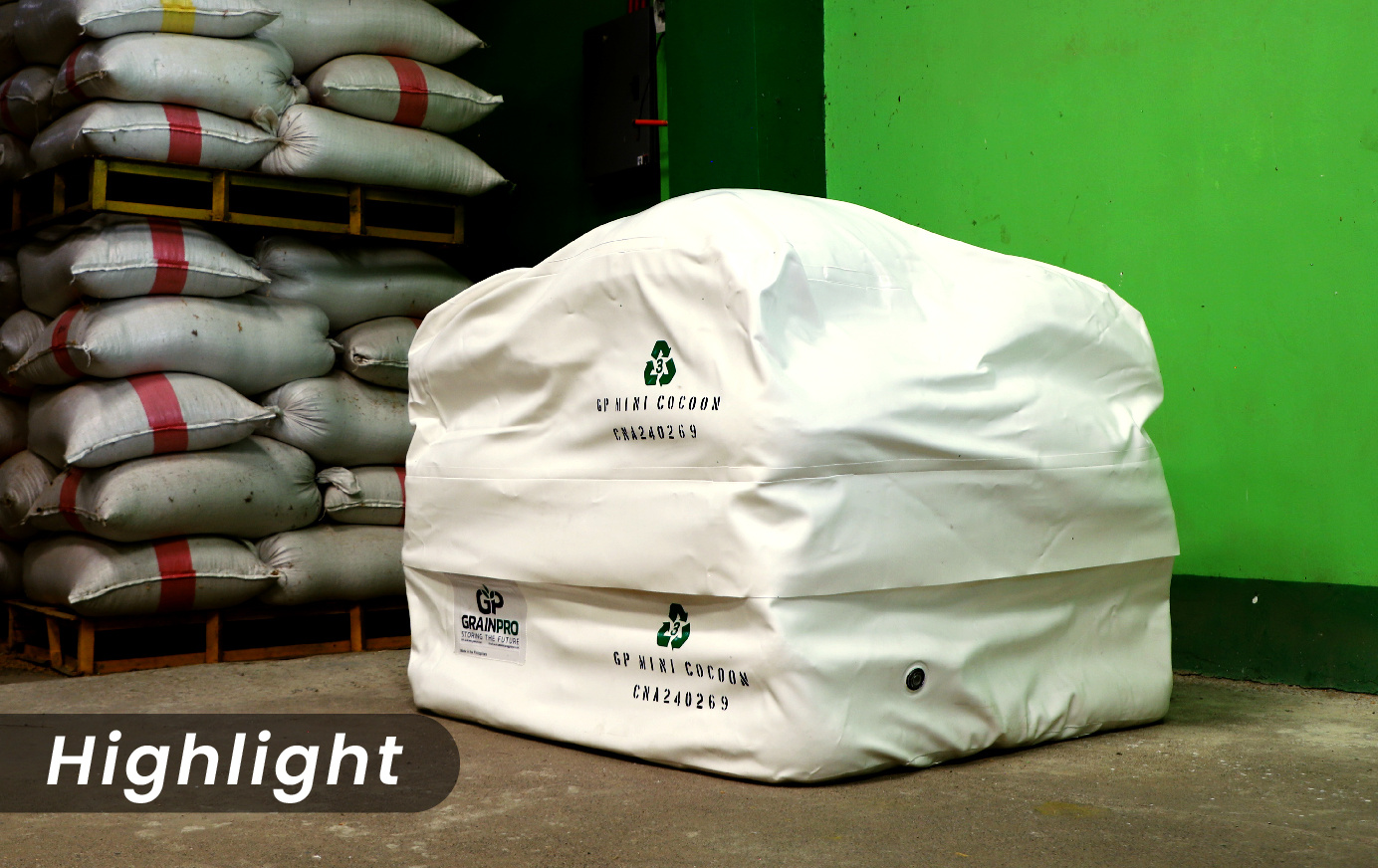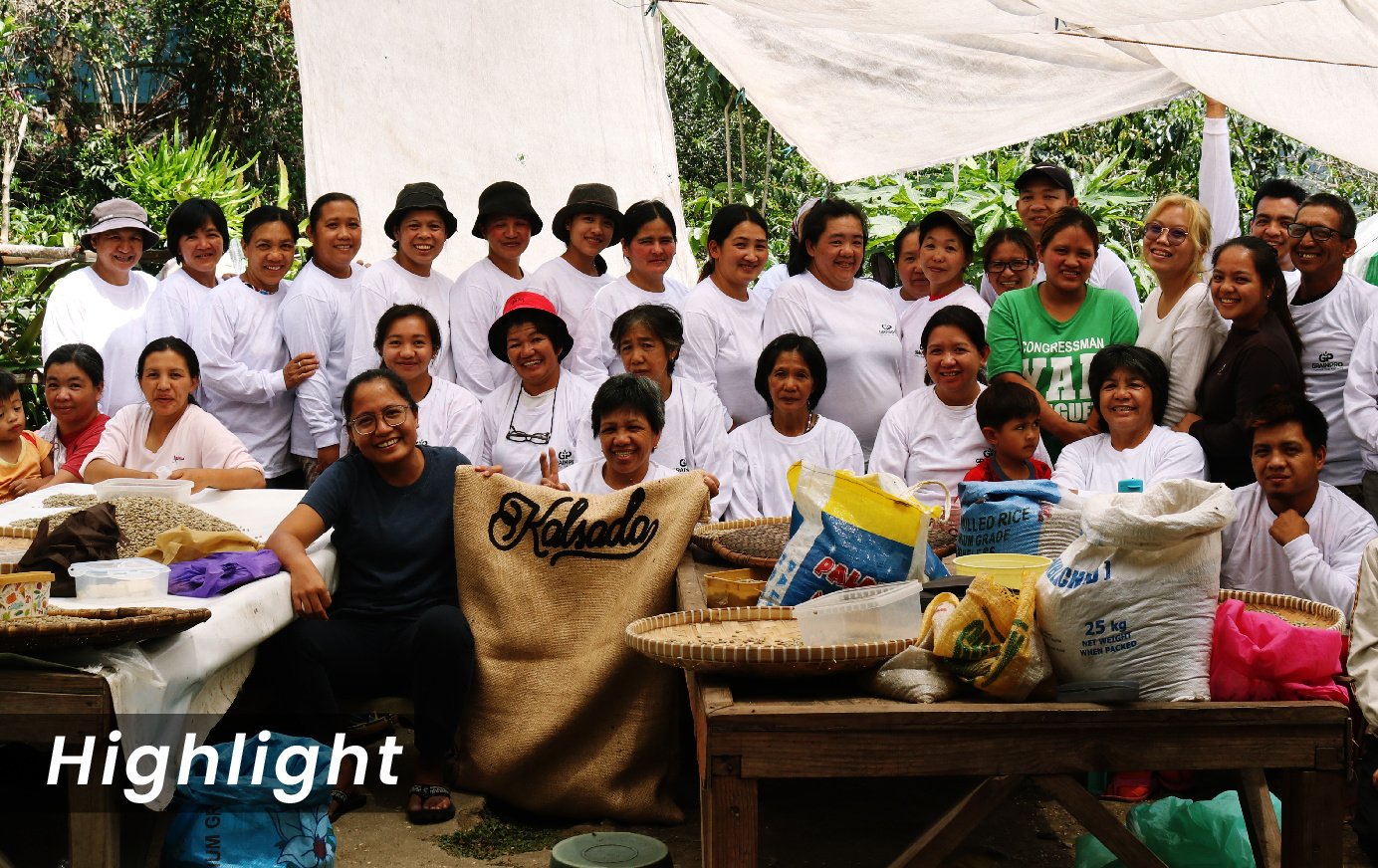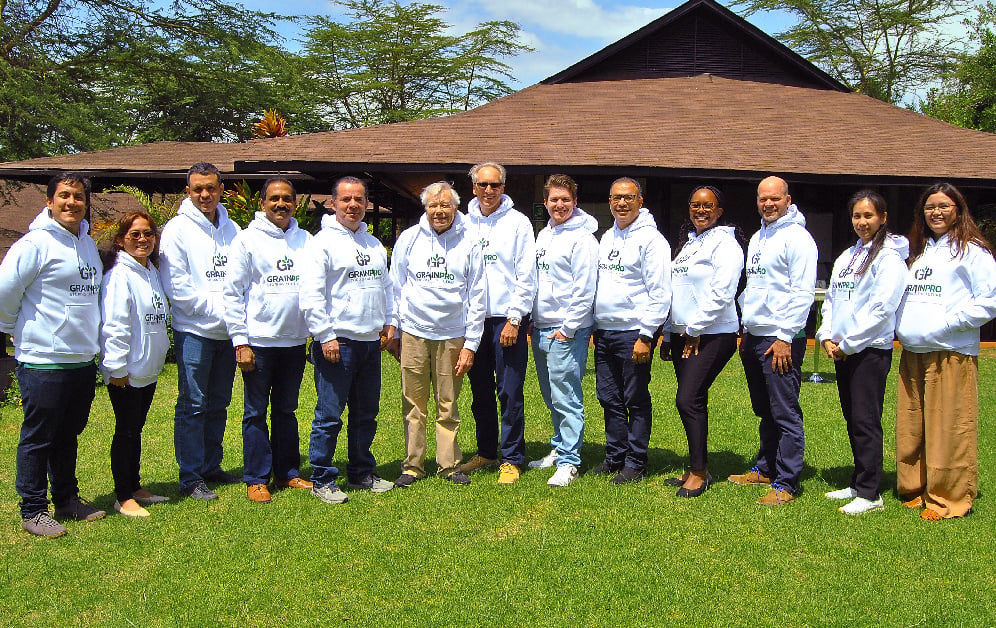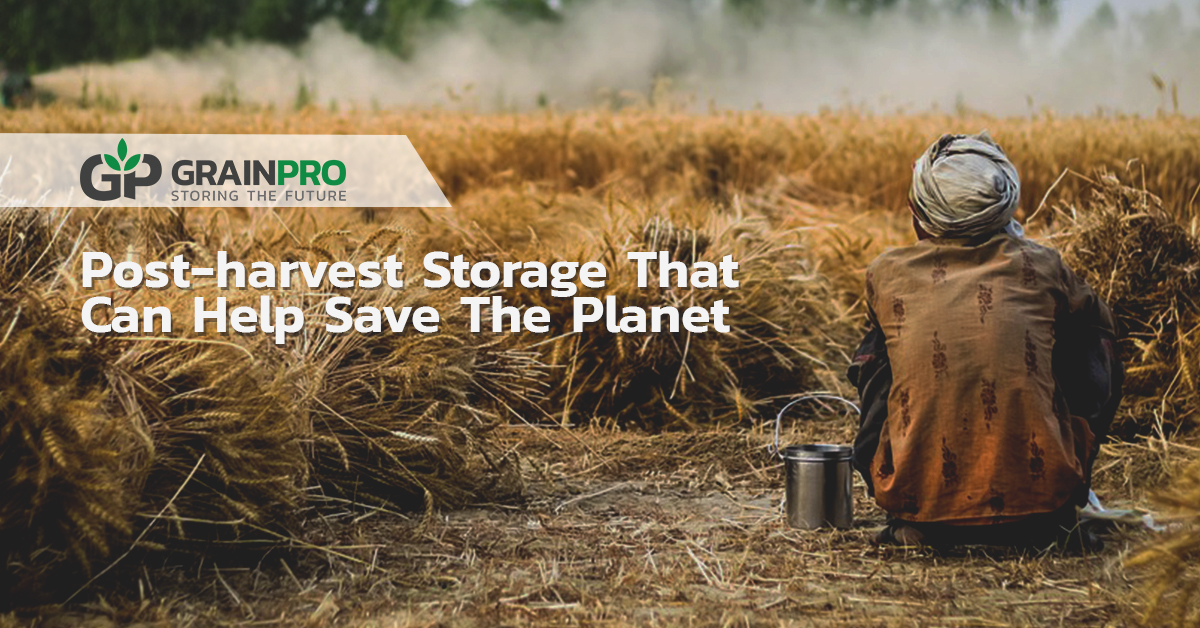Today, the effects of climate change are being felt all over the world. Rising temperatures in the atmosphere caused by greenhouse gases have changed our planet so much more than one could have imagined.
In the polar regions, ice is melting at alarming rates never seen before. Soon, scientists say that the rise of seawater and changes in salinity levels will have devastating effects on countless marine ecosystems. Coral reefs, deep-sea environments, and many other marine habitats are presently in danger due to these rapid changes caused by rising global temperatures.
Rising temperatures also result in warmer water temperatures, which can cause coral bleaching. Coral bleaching happens when the coral expels the algae living in their tissues, thus, turning its color completely white. Corals can survive bleaching, but are subjected to stress which increases the likelihood of mortality. Coral bleaching has also caused fish depletion so that animals and humans dependent on fish as a food source are suffering the effects.
On land, climate change can be observed through more severe weather conditions. Conditions such as droughts, typhoons, hurricanes, and floods have alternately destroyed the infrastructure of tantamount value and, worse, lives have been lost. Among the most affected, farmers have become one of the most extremely vulnerable from having their livelihood destroyed. The effects of harsh conditions lower the crop yield and the nutritional quality of the produce. The changes also allow insect reproduction and the spread of plant diseases.
Billions of dollars are lost each year due to climate change, endangering the agricultural sector of many countries and increasing post-harvest losses, food waste, and food insecurity.
Climate-smart solutions
As a way to mitigate such devastating effects, climate-smart agriculture is being introduced to farmers and traders worldwide. According to FAO, climate-smart agriculture “helps to guide actions needed to transform and reorient agricultural systems to effectively support the development and ensure food security in a changing climate.” This approach has three main objectives: sustainably increasing agricultural productivity and incomes; adapting and building resilience to climate change; and reducing greenhouse gas emissions.
One aspect of climate-smart agriculture is present in preventing post-harvest issues before losses can occur. Issues such as insect infestation or mold growth are detrimental to both the quality and quantity of dry agricultural commodities. Thus, action against these issues raises productivity and reduces food insecurity.
Read more: Benefits of Reducing Post-Harvest Loss
Saving the planet
Hermetic storage is a perfect fit for climate-smart agriculture. It is a cost-efficient alternative to more conventional options such as cold storage or the use of silos.
Hermetic storage such as the GrainPro Cocoon consumes virtually zero energy while in operation. Cold storage, on the other hand, costs thousands of dollars each year to operate and maintain. This puts pressure on non-renewable energy sources, driving up the use of fossil fuels, which results in more emissions into the atmosphere.
Silos are also more costly and resource-dependent to put up, operate, and maintain than hermetic storage. Insect infestations are also prone to proliferate in silos. Additionally, accidents such as explosions and collapses also make silos hazardous.
Through the straightforward concept of using a gas-tight and moisture-tight container, hermetic storage prevents issues such as insect infestation and mold growth, and preserves quality as well. This is done organically, without the use of chemicals, through its modified atmosphere, This modified atmosphere creates a secure storage environment for commodities, and can remain unaffected by outside changes. This simple yet mighty storage system uses less energy and materials, reducing pressure on finite resources and promoting sustainability.
Read more: All You Need To Know About Hermetic Storage
Climate-smart agriculture needs climate-smart solutions. Mitigating the effects of climate change is especially crucial now more than ever. Learn more about our hermetic solutions by clicking the button below.
Date Published: April 15, 2019





